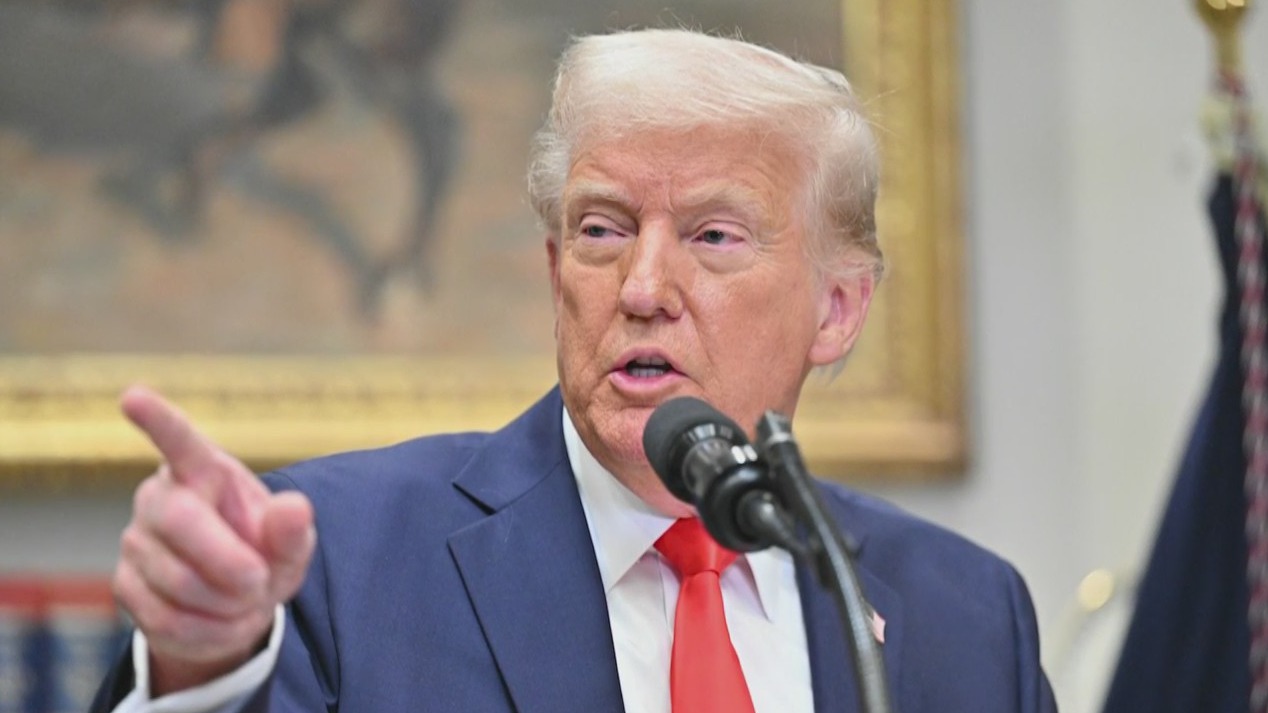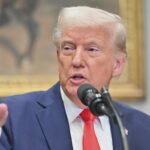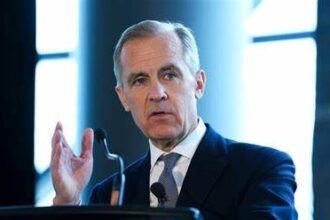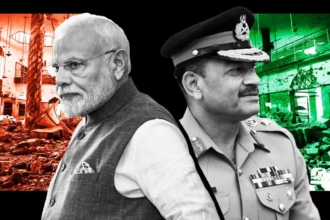Current U.S. Political Climate

The current U.S. political climate is highly divided, with intense discussions occurring across various policy areas. Healthcare reform continues to be a contentious issue, with debates focusing on affordability and accessibility. Immigration policies are also a significant point of contention, as lawmakers propose differing approaches to border security and the treatment of undocumented immigrants. Economic strategies, particularly those related to taxation and federal spending, further fuel partisan disagreements. These issues are prominently reflected in congressional sessions and public forums, demonstrating the complexity and urgency of the challenges facing the nation. Public opinion is deeply divided, contributing to a charged atmosphere that influences legislative priorities and political strategies.
Key Legislation and Policies
Key pieces of legislation are under consideration in Congress, addressing vital sectors such as healthcare, infrastructure, and the economy. Among the most debated topics is the process for confirming judicial nominees. Senate Minority Leader Chuck Schumer criticized the expedited confirmation process for judicial nominees, stating, ‘Two hours for a lifetime appointment is unacceptable.’ Meanwhile, Senate Majority Leader Mitch McConnell has reflected on the shifting dynamics of legislative power: “I said at the time I didn’t like the way it was done. And I thought maybe the other side would rue the day they did it. Amazingly enough, about a year and a half later I’m majority leader. Funny how these things change, isn’t it?” As these discussions continue, the outcome will have significant implications for various sectors, affecting everything from the legal system to economic policies.
Tariffs and Trade
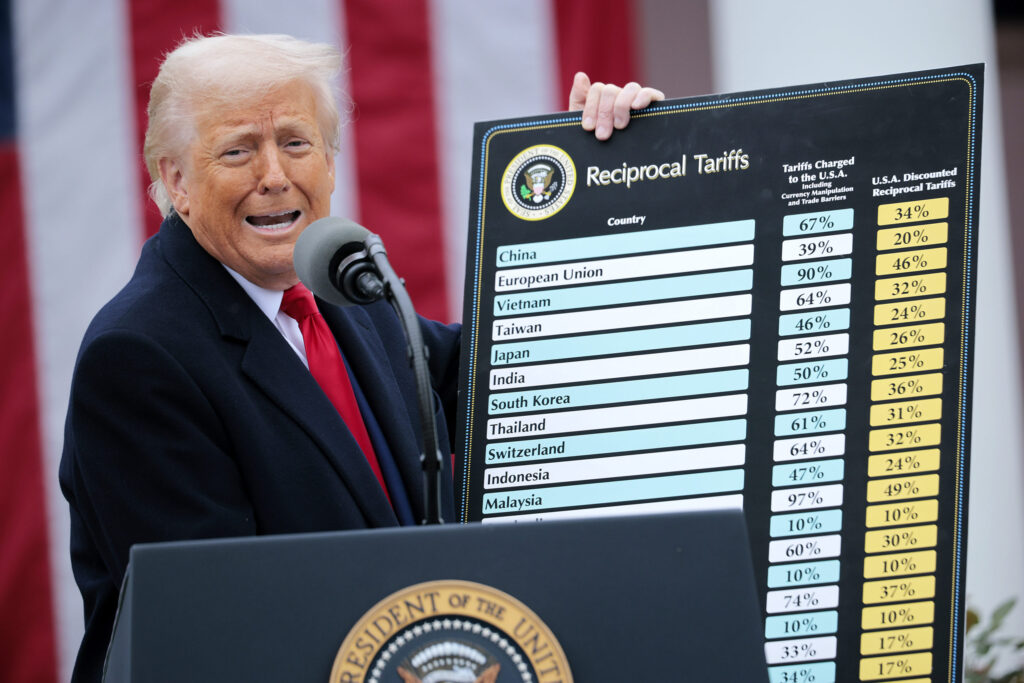
Current tariff policies are a significant focus of U.S. economic discussions, especially regarding international trade relations. The tensions between the U.S. and China are particularly noteworthy, as tariffs on various goods affect numerous industries. These policies have led to increased costs for businesses and consumers alike, influencing market dynamics and economic strategies. Industry leaders are vocal about the need for stability and predictability in trade policies, while government officials emphasize the need to protect domestic interests. The evolving trade landscape continues to shape economic dialogues, with stakeholders keenly observing how these tariffs will influence both the local economy and broader global trade patterns.
The Trump Presidency’s Influence
The Trump Presidency brought significant changes to the American judiciary. During his first term, President Donald Trump nominated 274 individuals to federal judgeships, making 245 appointments, of which 234 were Article III judges. Trump’s judicial appointments have been instrumental in shaping the legal landscape, with long-term effects on various legal precedents. High-profile appointments, such as that of Judge Kavanaugh, illustrate the administration’s focus on altering the judiciary. Trump described Kavanaugh as having “impeccable credentials, unsurpassed qualifications, and a proven commitment to equal justice under the law.”
These judicial choices have sparked ongoing debates and influenced numerous legislative decisions. The Trump Presidency’s impact on the judiciary remains a key aspect of his legacy, affecting how courts will rule on critical issues for years to come.
Political Figures in the Spotlight
Several political figures are currently in the spotlight, significantly influencing the nation’s political debates. Among them, Senate Minority Leader Chuck Schumer remains vocal, particularly in the context of judicial nominations, as he insists, “Two hours for a lifetime appointment with huge influence on people’s lives is unacceptable. It’s ridiculous.”
Attention is also focused on the upcoming elections, with potential candidates preparing to enter the political arena. Noteworthy figures such as Alexandria Ocasio-Cortez and Ted Cruz continue to generate significant media coverage and public interest. Their policies and public statements often spark intense discussions and shape the broader political narrative.
The influence of Federal Reserve Chair Jerome Powell also remains prominent, especially regarding economic policies. His decisions on interest rates and monetary policy are closely watched, impacting both national and global markets. Powell’s role is crucial in navigating the economic challenges posed by current trade tensions, particularly those involving China.
These figures, among others, are instrumental in driving the current political discourse. Their actions and decisions will undoubtedly impact the direction of future policies and political strategies.
Key Developments in the Trump Presidency
Throughout the Trump Presidency, several key developments and policy changes were implemented. Notably, Trump made a substantial number of judicial nominations, though he withdrew eight nominees, and 143 received no vote from the Senate during his first term. These actions reflect the complex nature of legislative negotiations and the challenges faced by the administration. Executive orders and policy shifts under Trump’s leadership continue to be analyzed for their long-term implications on both domestic and international fronts.
One significant area of focus was immigration, where Trump implemented strict measures aimed at curbing illegal immigration and enhancing border security. Policies such as the travel ban and the separation of families at the border sparked widespread controversy and legal challenges. These measures were part of a broader effort to reform immigration policies, which has remained a deeply polarizing issue.
Economic policies under Trump also garnered significant attention, particularly with the implementation of tax cuts through the Tax Cuts and Jobs Act of 2017. This legislation aimed to stimulate economic growth by reducing corporate tax rates and individual income taxes. While supporters argue that the tax cuts boosted the economy, critics contend that they disproportionately benefited the wealthy and increased the federal deficit.
Trade policies were another cornerstone of Trump’s agenda, with tariffs on Chinese goods being a notable example. These tariffs aimed to address trade imbalances and protect American industries but led to heightened tensions between the U.S. and China. The trade war had wide-reaching effects, impacting various sectors and creating uncertainty in global markets.
Trump’s foreign policy was marked by a mix of assertive actions and diplomatic efforts. His administration took a hard stance on Iran, withdrawing from the Iran nuclear deal and imposing stringent sanctions. In contrast, Trump sought to engage North Korea in direct negotiations, leading to historic summits with North Korean leader Kim Jong-un.
Overall, the Trump Presidency introduced a range of significant changes that continue to shape the political and economic landscape. The administration’s actions and policies remain subjects of intense debate and analysis, influencing the direction of future governance.

